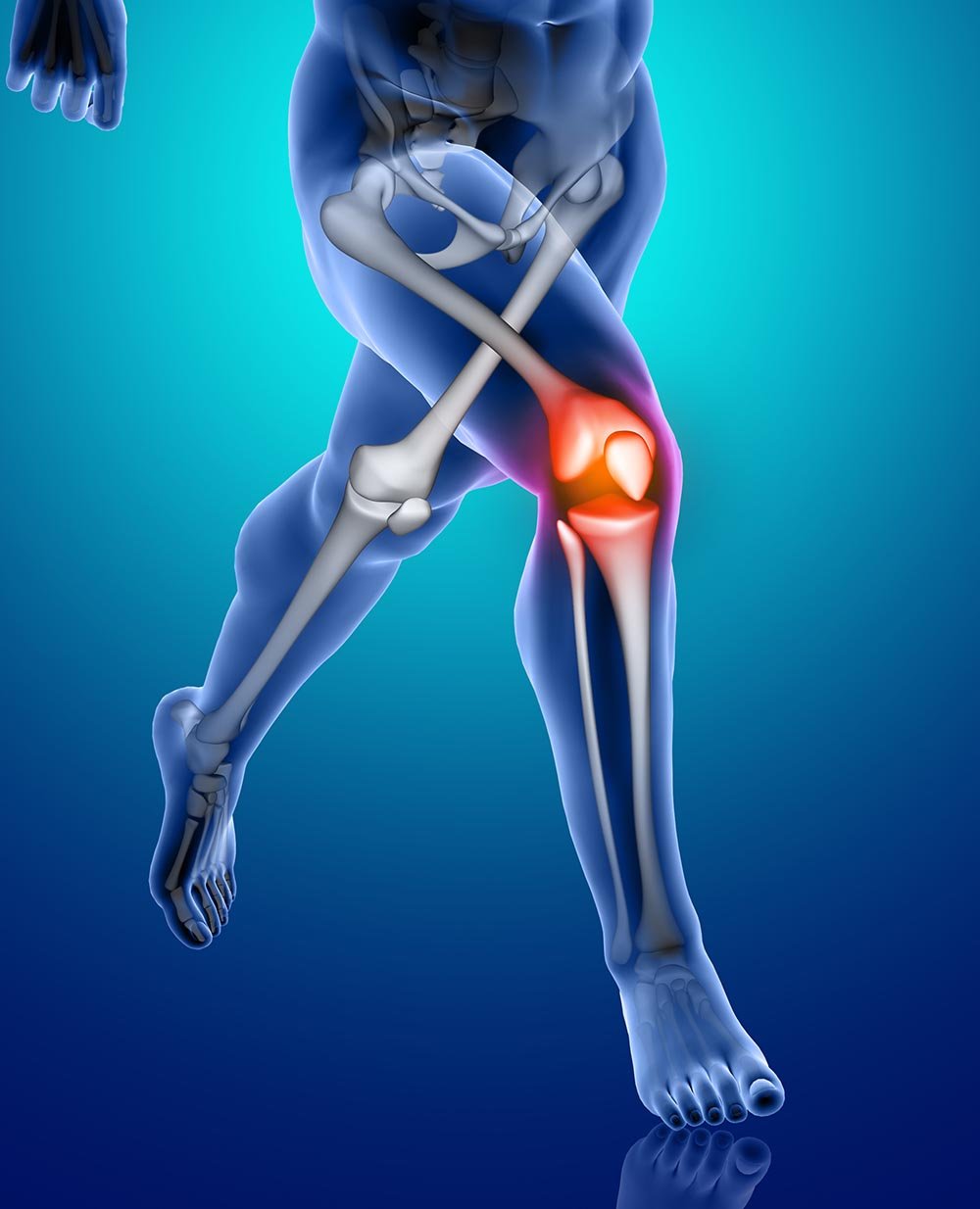General Questions
Our business hours are 8.30am to 4.30pm Mondays thru Friday.
Diagnosing injuries and disease begins with a thorough medical history, physical examination, and usually X-rays. Additional tests such as an MRI, or CT scan also may be needed. Through the arthroscope, a final diagnosis is made which may be more accurate than through “open” surgery or from X-ray studies.
Although the inside of nearly all joints can be viewed with an arthroscope, six joints are most frequently examined with this instrument. These include the knee, shoulder, elbow, ankle, hip, and wrist. As engineers make advances in electronic technology and orthopaedic surgeons develop new techniques, other joints may be treated more frequently in the future.
Getting a full range of motion, strength and flexibility back after surgery usually takes time. That’s where pre-operative exercise and education and post-operative physical therapy programs come in – to ensure you’re physically and emotionally prepared for surgery and to maximize your recovery after surgery.
- Referral letter from GP, family physician or other doctor
- Medicare card, DVA card, Pension Card
- Have your Private Hospital Insurance information with you
- Copies of results, x-rays, MRI’s. CT scans etc and any other relevant information

